By Kelly K. Parks
Dance is a powerful ally in the growth and development of the whole child. Involvement in dance classes helps children mature physically, emotionally, socially, and cognitively. The physical benefits of dance are well known, but the emotional, social, and cognitive benefits have just begun to be appreciated in the mainstream.
Dance training encourages individuality. It cultivates healthy and supportive relationships. Dance lessons offered in a well-balanced approach will help develop a healthy mind, body, and soul. When solid education-based dance training is taught, children will create a greater range of motion, coordination, strength, and endurance. Success is ensured when educational concepts like movement patterns that teach coordination and kinesthetic memory are part of the curriculum. Dancing utilizes the entire body and is an excellent form of exercise. Young children are naturally active, but dance offers children an avenue to explore new activities, be creative, and stay fit.
Dance also promotes psychological health and maturity. Children can express their emotions and become aware of themselves and others through creative movement. Young dancers build confidence, learn to focus, and are socially engaged, and feel empowered to control themselves, their actions, and feelings.
Dance training promotes social engagement, positive interactions, and teamwork. Children learn to communicate ideas to others through the real and immediate mode of body movement. Children quickly learn to work within a group dynamic. As the ongoing and sometimes challenging process of cooperation evolves, children learn to understand themselves in relation to their teachers and peers. These skills are amplified when the dancer learns punctuality, preparedness, and gains courage and confidence in themselves.
When given a chance to listen and explore music, young children will create spontaneously. The desire to express their feelings through movement is innate from birth. Movement training can provide a cognitive loop between an idea, a feeling, and an outcome. While fostering self-expression and individual growth through movement activities, a child’s imagination is set free. The relationship of movement to intellectual development is a field of study that is rapidly gaining attention.
The right dance studio environment will promote high moral standards and values, encourage age appropriateness, and maintain a professional, supportive relationship with all ages of students.


Leave A Comment